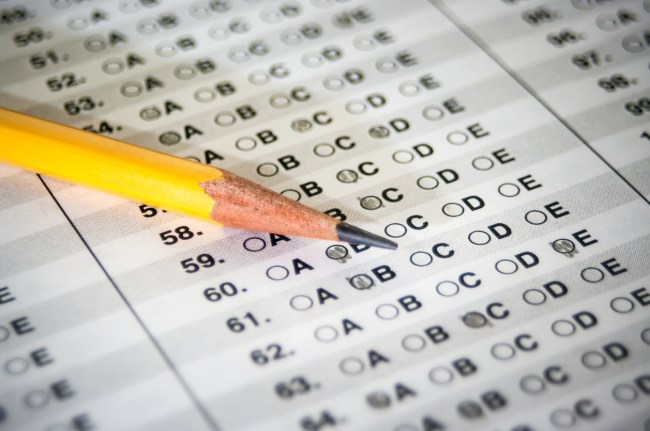
iStockphoto / michaelquirk
The College Board is a nonprofit organization that was established in 1899 that created the SAT exam in 1926. The SAT covers writing, reading, and mathematics, but will soon also grade on adversity. The College Board announced that they are introducing an “adversity score” that they hope will level the playing field.
The College Board believes that there is an advantage enjoyed by wealthier students. The adversity score, which is officially called the “Overall Disadvantage Level,” will be a nationwide scoring practice very soon.
“There are a number of amazing students who may have scored less [on the SAT] but have accomplished more,” said David Coleman, the CEO of the College Board. “We can’t sit on our hands and ignore the disparities of wealth reflected in the SAT.”
The adversity score is based on 15 factors in three distinct categories. Neighborhood environment category will take into account crime rate, poverty rate, housing values and vacancy rate. The family environment category will look at the median income of where the student’s family lives, whether the student is from a single parent household, the educational level of the parents, and whether English is a second language. The high school environment category will look at curriculum rigor, free-lunch rate, and AP class opportunities.
The adversity score ranges from 1 to 100 with the average student receiving a 50. Anything above a 50 score indicates the student endures “hardship” while anything below 50 and the student is considered “privileged.” The adversity score will help admissions officers determine a student’s social and economic background, which the board says could play a role in a student’s test results.
Coleman, who is the architect of Common Core, argues that the SAT “is a valid measure of your achievement: what have you learned in reading and math, how ready you are for college.” But the standardized test “doesn’t measure what you’ve overcome — the situation that you achieved it in.”
The adversity score is secret to the students and can only be seen by college administrators in an area called “The Environmental Context Dashboard.” The College Board ran a test run of the new scoring system with 50 colleges last year. It plans to broaden the adversity score by bringing it to 150 colleges this fall and then use the adversity score nationwide next year.
“Through its history, the College Board has been focused on finding unseen talent,” Coleman said. “The Environmental Context Dashboard shines a light on students who have demonstrated remarkable resourcefulness to overcome challenges and achieve more with less. It enables colleges to witness the strength of students in a huge swath of America who would otherwise be overlooked.”
Right now, Lori Loughlin and Felicity Huffman are shipping their daughters to poor areas of the country so they can get a higher adversity score to enable them to get into a decent college.
[CBSNews]